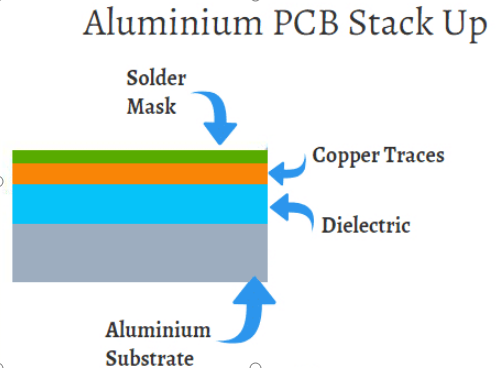Led PCB Design
PCB material stock quick delivery!
Description
What is Led PCB Design ?
The aluminum base are usually the most common LED PCB.
They show effective results and offer high performance.
The conductive link between the Heat Sink and the IC is basically the thermally conductive dielectric layer of the aluminum base. This concept is
unlike FR4.
The aluminum and the copper have enhanced and improved the characteristics of the thermal expansion to a great extent.
Even the dimensional stability of an MPCB is much more than the conventional insulating material, FR4.
The great thing about the aluminum base is the versatility it offers.
Since there are different types of aluminum available serving different purposes, thus it is possible to have more specialized LED Printed Circuit
boards.
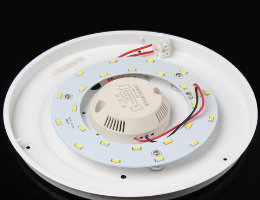
The Aluminum PCB
Types of Aluminum:All these types are highly effective and they offer great results. We are not doing a comparison on which type is better; on the
contrary, we are providing the basics of every aluminum type.
Flexible:Flexible Aluminum uses a different technique to provide great insulation.
It uses the combination of ceramic fillers along with Polymide resins for the insulation purpose.
Due to this combination, the manufacturer enjoys aluminum thermal conductivity while retaining the flexibility feature.
Hybrid Aluminum:As the name suggests, it is basically a merger of aluminum with a non-thermal material.
The hybrid aluminum uses FR4, which acts as the non-thermal material.
Doing this makes it possible for the manufacturer to offer all the supreme thermal conductivity while retaining the rigidity of the Printed Circuit
Boards.
Multi-Layer Aluminum:
For a highly complex Printed Circuit Boards, multi-layer aluminum is an excellent choice due to its outstanding and amazing thermal conductivity.
You will not find a heat conductor better than a multi-layer aluminum.

Features of Rogers PCB
Aluminum PCB is Best in Durability:
Aluminum is one of the elements that have durability.The aluminum LED PCB can be used for a long time.
Aluminum PCB is Lightweight:
Aluminum is not as heavy as compared to other material or material that is used in other LEDs.?It does not only provide durable performance but also
light-weighted.
Aluminum PCB is Low in Cost:
As compared to other components, aluminum is low in price.
Most of the leading LED manufacturer companies are using it for cost-effective production.
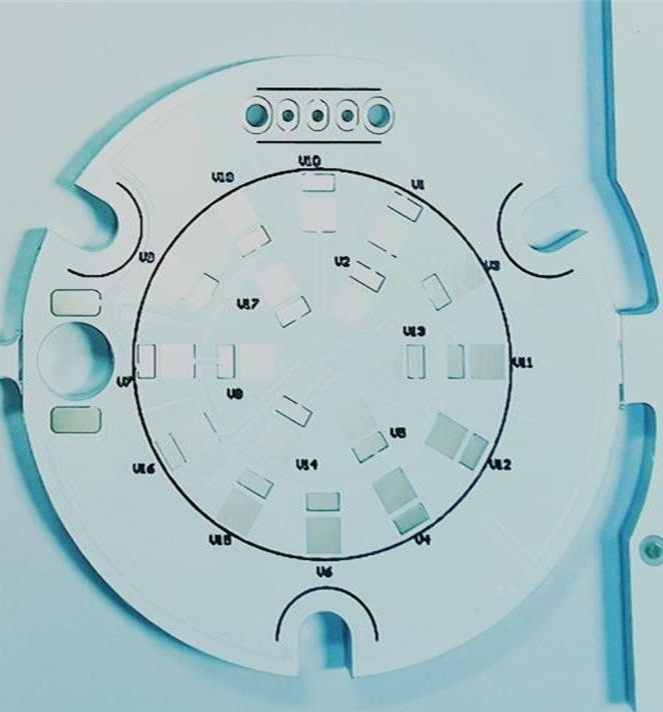
Materials Used in Led PCB
Aluminum PCB is Environmentally Friendly:
One of the main advantages of aluminum LED PCB is it’s eco-friendly.
Its use as the best energy conductor, and it’s also easy to assemble it in any form.This metal is non-toxic and can be transformed into any other shape
after usage.
In short, it’s recyclable.?It has the best use in the circuit board and never harms humans.
Aluminum PCB and Its Heat Indulgence:
All the light devices are become hot and release excessive heat, but if they assemble not properly, there is a risk of damage or blast.
This is the reason LED PCB prefers aluminum in the LED circuit because aluminum is a great heat conductor and can reduce the risk of any
danger.You can also see the life of aluminum made LED circuit will be more as compared to other types.
Several models of metal cladding accessible in the following foil type:
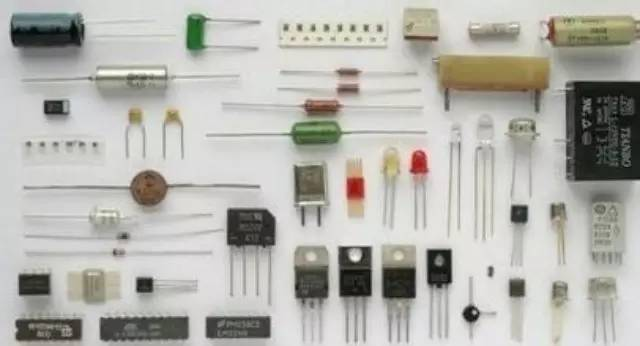
Benefits of Rogers PCB
A light-emitting diode (LED) is a semiconductor light source that emits light when current flows through it.
Electrons in the semiconductor recombine with electron holes, releasing energy in the form of photons.
The color of the light (corresponding to the energy of the photons) is determined by the energy required for electrons to cross the band gap of the
semiconductor.
White light is obtained by using multiple semiconductors or a layer of light-emitting phosphor on the semiconductor device.
Appearing as practical electronic components in 1962, the earliest LEDs emitted low-intensity infrared (IR) light.
Infrared LEDs are used in remote-control circuits, such as those used with a wide variety of consumer electronics.
The first visible-light LEDs were of low intensity and limited to red. Modern LEDs are available across the visible, ultraviolet (UV), and infrared
wavelengths, with high light output.
LED PCB
A light-emitting diode (LED) is a semiconductor light source that emits light when current flows through it.
Electrons in the semiconductor recombine with electron holes, releasing energy in the form of photons.
The color of the light (corresponding to the energy of the photons) is determined by the energy required for electrons to cross the band gap of the
semiconductor.
White light is obtained by using multiple semiconductors or a layer of light-emitting phosphor on the semiconductor device.
Appearing as practical electronic components in 1962, the earliest LEDs emitted low-intensity infrared (IR) light.
Infrared LEDs are used in remote-control circuits, such as those used with a wide variety of consumer electronics.
The first visible-light LEDs were of low intensity and limited to red.
Modern LEDs are available across the visible, ultraviolet (UV), and infrared wavelengths, with high light output.
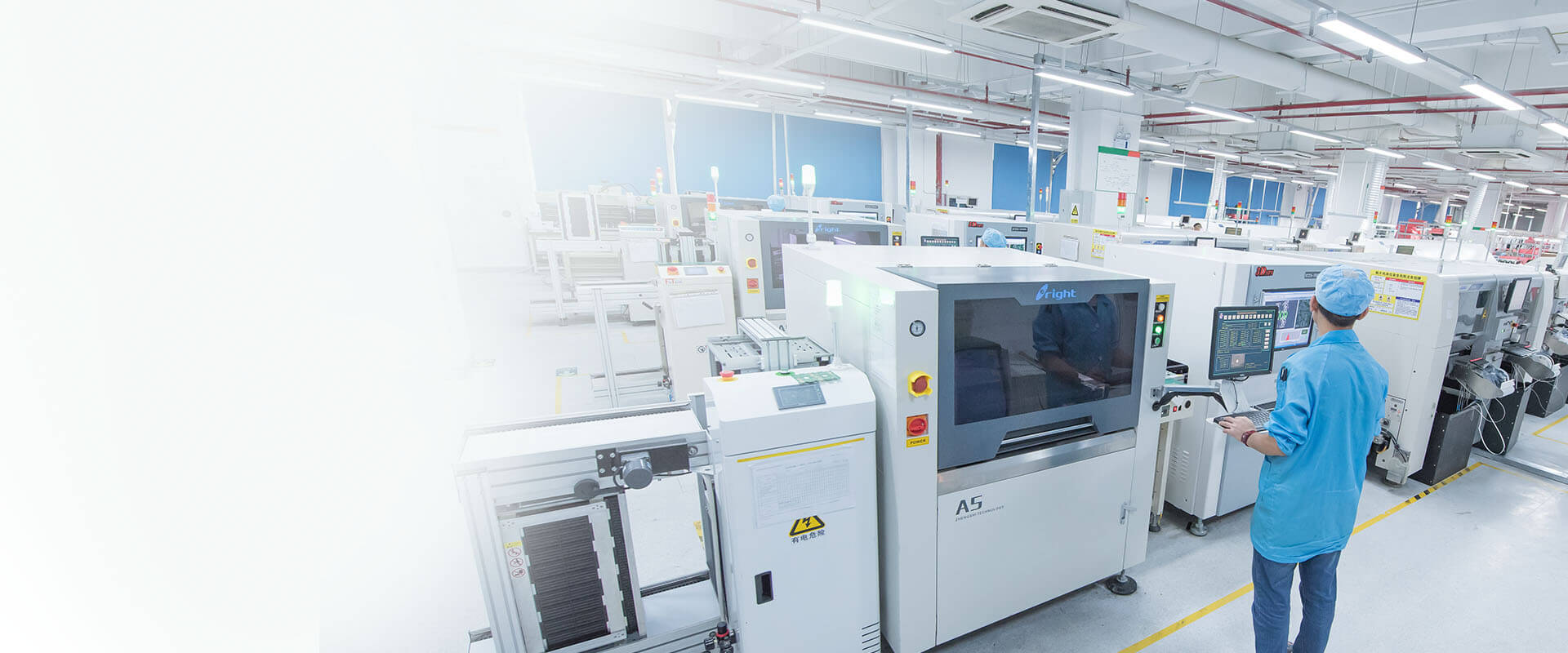
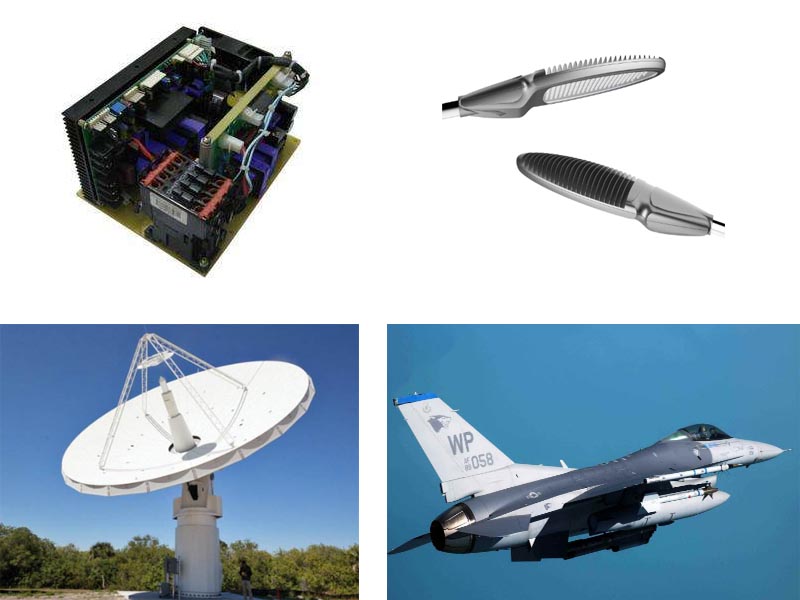
Reasons to Choose LED PCB
LEDs have many advantages over incandescent light sources, including lower energy consumption, longer lifetime, improved physical robustness,
smaller size, and faster switching. LEDs are used in applications as diverse as aviation lighting, fairy lights, automotive headlamps, advertising,
general lighting, traffic signals, camera flashes, lighted wallpaper, horticultural grow lights, and medical devices.
About Andwin Circuits
Andwin Circuits as a industry leading of PCB manufacturer since 2003.
Specializing in multilayer PCB, Rigid flex PCB, HDI PCB, controlled impedance PCB and Radio Frequency circuit, from quick turn prototype to mass products.

